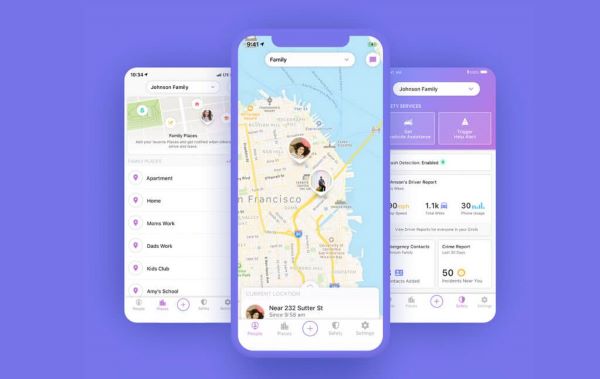Ads
In the ever-evolving landscape of consumer behavior, companies of all sizes must stay vigilant in tracking and adapting to changing tastes and preferences. As we look ahead to the years 2024–2027, three major consumer trends are set to dominate the market.
1. The Rise of Data Privacy Concerns
Privacy has become a major concern for consumers worldwide, with growing attention on data autonomy and protection. With a 239% spike in Google searches for “data privacy” over the past decade, it’s clear that people are increasingly seeking control over their personal information. According to a recent survey by KPMG, 56% of consumers expressed a desire for greater data autonomy.
Heightened focus on privacy has significant implications for businesses, as over 87% of North Americans reported they would avoid companies with concerning data practices. Moreover, more than half of consumers prefer businesses that don’t request unnecessary personal details. Paysafe’s research revealed that 82% of respondents believe security, convenience, and fraud prevention are not well balanced.
In response to these concerns, legislations such as the GDPR in the EU and the CCPA in California are emerging to protect consumer data rights. Major corporations are also taking steps to enhance data security, like Apple’s new feature allowing users to access applications without sharing personal information.
While consumers demand stricter data safeguards, there remains skepticism about companies’ ability to protect their data. As a result, businesses will face growing pressures to prioritize data privacy to build trust with their customers.
2. Augmented Reality Revolutionizes Shopping Experiences
As the trend towards digital-first purchasing accelerates, consumers are increasingly seeking ways to enhance their online shopping experiences. Augmented reality (AR) technologies, offering virtual “try-before-you-buy” features, are gaining popularity among buyers.
Studies show that 35% of consumers are more likely to shop online if they can digitally try products before purchasing. Survey results revealed that the inability to physically touch, feel, and try products online was the most significant frustration among consumers (51%).
Retailers are responding by integrating virtual in-store experiences on their websites. For example, Ulta’s GLAMlab tool saw a sevenfold increase in interactions since the pandemic began. L’Oréal’s virtual cosmetics experience boosted website engagement and conversion rates, while Kohl’s offers a Virtual Closet experience through Snapchat.
The introduction of AR technologies has been successful in driving consumer engagement and conversion rates. According to Shopify, interactive AR content led to a 94% higher conversion rate compared to non-AR content. As AR becomes more prevalent in online shopping, businesses must leverage these technologies to enhance customer experiences and drive sales.
3. Voice Commerce Emerges as a Key Purchase Channel
With a growing emphasis on convenience in consumer preferences, voice commerce has emerged as a significant trend in purchasing behavior. Online purchases increasingly start with voice-activated digital assistants such as Google Assistant or Amazon Echo.
The voice commerce industry was valued at $40 billion in 2022, with Google and Amazon continuously innovating to streamline the purchasing process. Among frequent users of voice-activated speakers, 62% indicated they would make a purchase within 30 days.
The adoption of voice-activated digital assistants is on the rise, with an estimated 38.5% of Americans using them at least once a month in 2020. Nearly half of smart speaker owners have shopped using voice commerce in 2020, highlighting the growing acceptance of this technology.
Businesses are recognizing the potential of voice commerce to drive sales and customer engagement. Partnerships between major retailers and tech giants, like Walmart and Apple offering voice shopping through Siri, are reshaping the retail landscape. With the continued growth of voice assistant users, businesses must prioritize voice commerce strategies to meet evolving consumer preferences.
In conclusion, the next few years will witness significant shifts in consumer behavior driven by data privacy concerns, augmented reality technology, and voice commerce adoption. Businesses that adapt to these trends and prioritize customer preferences will be well-positioned to thrive in the evolving consumer landscape of 2024–2027.






